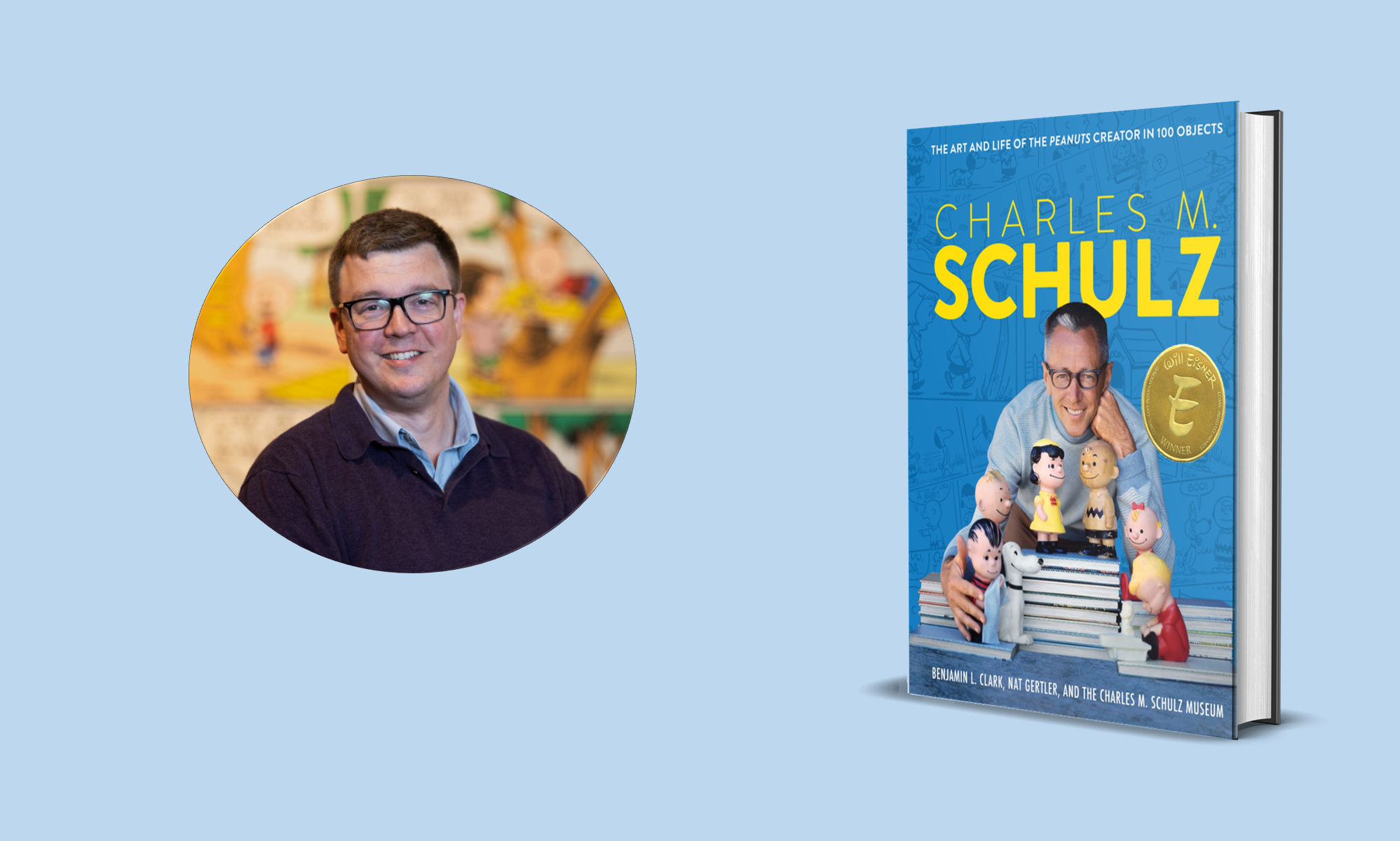Hester Books – Lubbock, TX
I moved to Lubbock, Texas for graduate school at Texas Tech University in 2003, and I was surprised by how many used bookshops there were. Not only paperback exchanges but a few real, excellent used bookshops too. Three of them in fact. All of them sprinkled along the same street. Two of them not too far from each other and the last just a bit further east.
Hester’s was perhaps the largest, and almost certainly the best known in Lubbock. Run for many years by Ross Hester, he was in his eighties, maybe even close to ninety in those days. His daughter, Renee, ran it day-to-day. Both were friendly and as chatty or quiet as you needed them to be. Mr. Hester didn’t do much at the store, but he would still come by regularly, shuffling to his desk near the center of the shop and telling great old stories about living in Lubbock and World War II. Still a nearly dry town, you could buy alcohol from taxi drivers back during the War, according to him.
Behind a bright blue door, Hester’s was bright and tiled. The shelves were white too. At least, that’s how I remember it. They had a good mix of books, dividing the large store about in half between fiction and non-fiction. There was also a long, low shelf that ran in from the entrance in the middle of the store of freebies you could help yourself to on your way out. These were the real odd-balls, the broken spine classics. It was a wonderful shop.
One thing I didn’t like was that though they went to the effort to put just about every book with a dust jacket in a plastic Brodart cover protector, they would sometimes touch up areas of color loss with magic markers. I’m sure for a general used bookshop, it helped the presentation for appearance-conscious buyers, but for collectors, it was more than a step in the wrong direction. I don’t remember that fact stopping me from buying anything in particular, but it was disappointing to see. At least they didn’t tape the dustjackets up to “fix” the tears, or tape the jackets to the books.
A charming thing, however, was that they may have been about the last bookshop in the U.S. to actively use a bookseller’s label. This custom goes back a very long way, but in the U.S. it seems to have had its heyday from the late 19th Century to the middle of the 20th, or so. You’ll sometimes still find these small, discrete labels placed inside the front or back cover of old books. They can be a simple typographic label with the name of a bookshop and city, maybe an address or location, like the Hester label, or they could be more elaborate labels, sometimes die-cut in the shape of an open book, or with a small logo. They are sometimes called a bookseller’s ticket, though “ticket” seems to be more associated with the tiny labels of bookbinders than booksellers, for some reason.
About the Author: Benjamin L. Clark writes and works as a museum curator.



